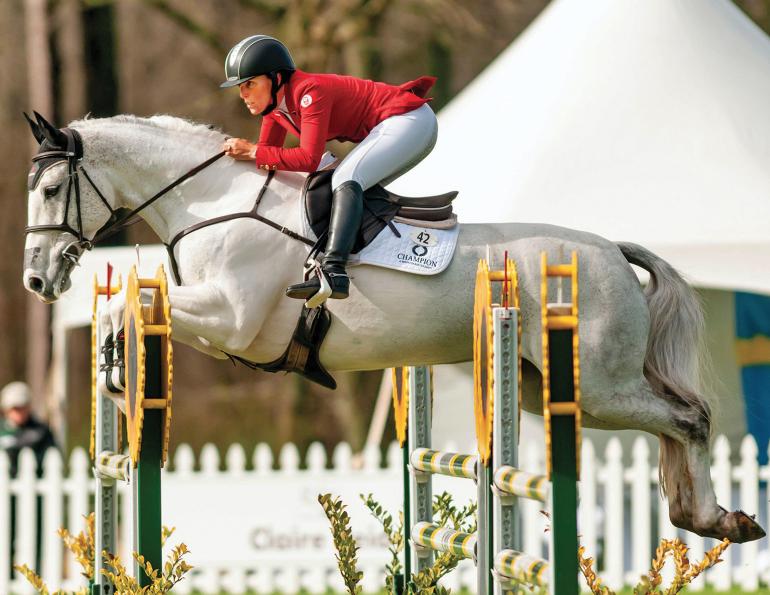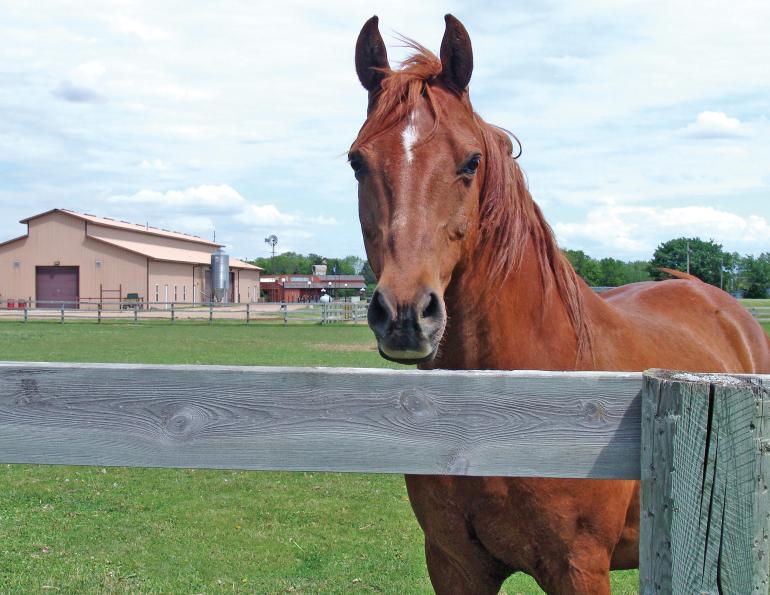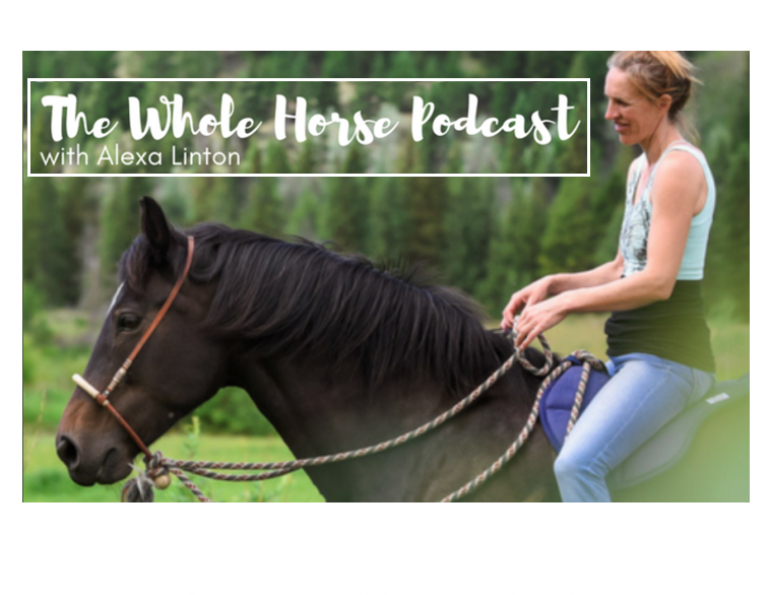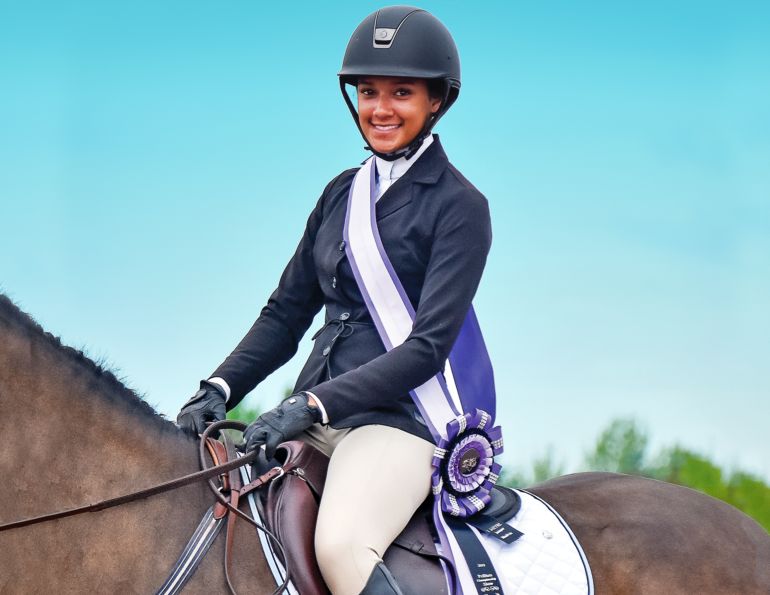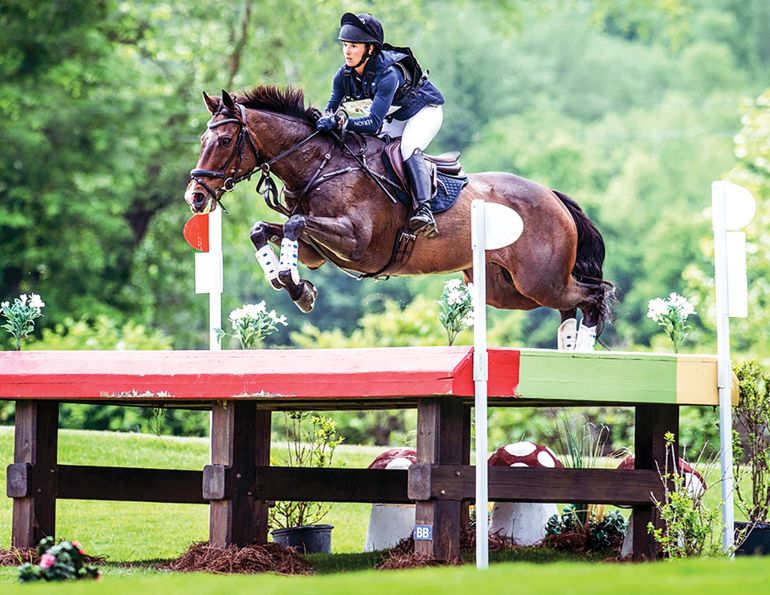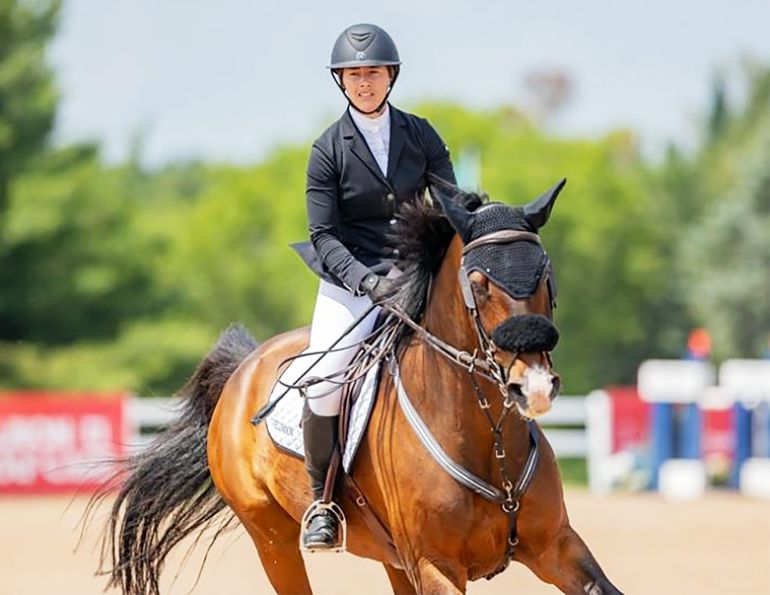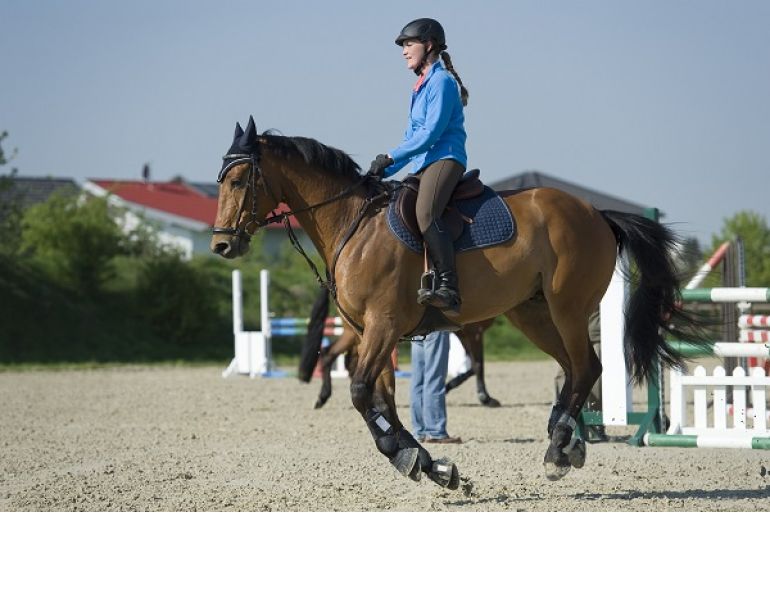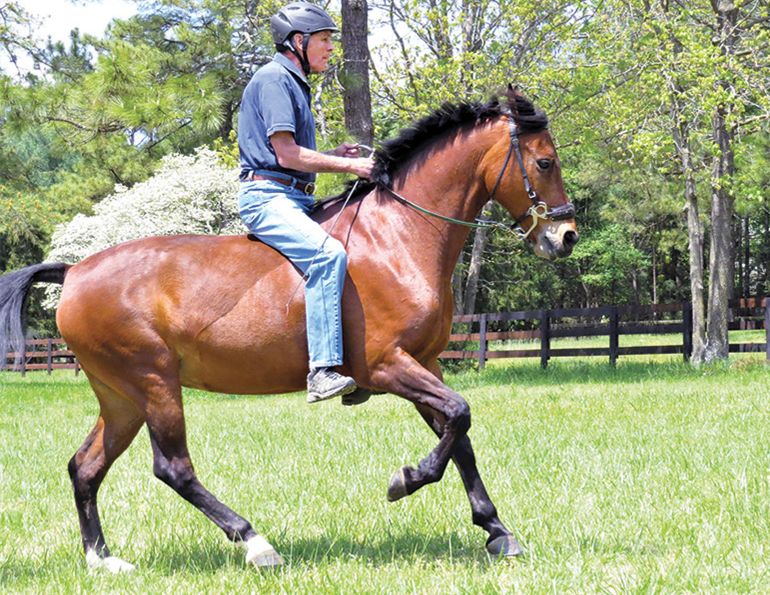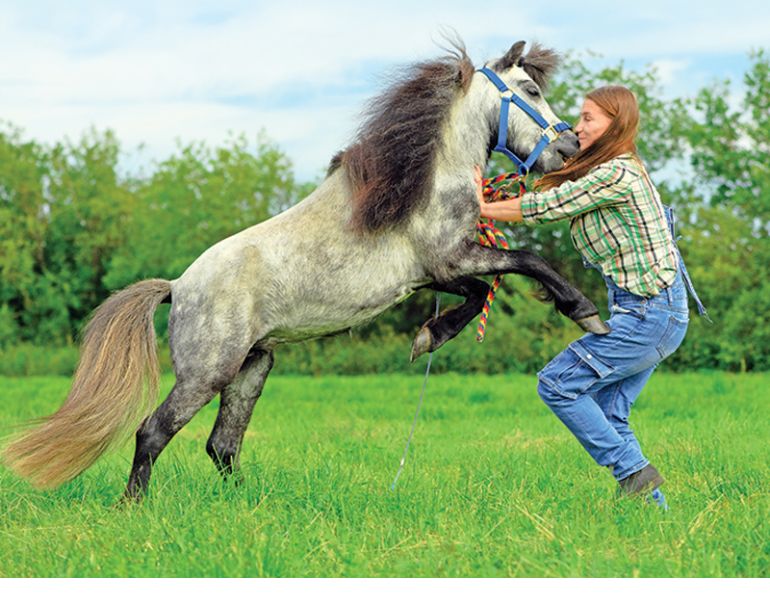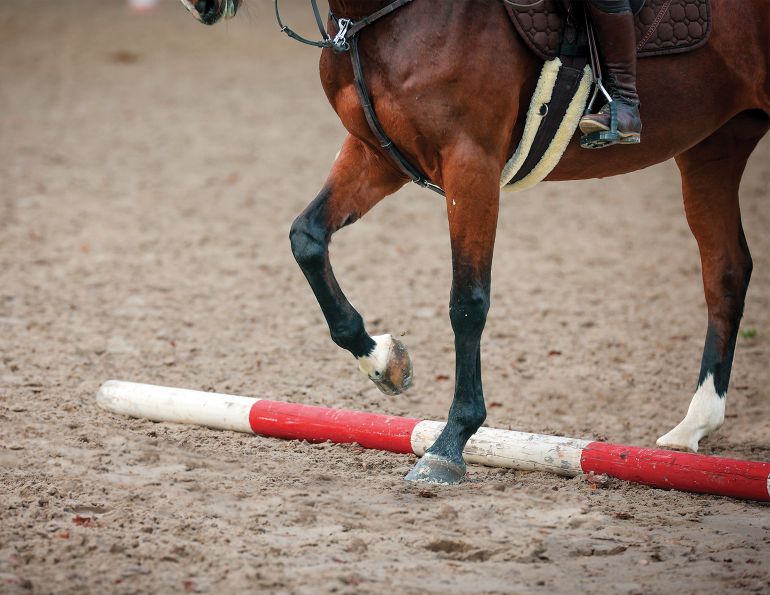Sharing Costs, Spreading Risks
By Tania Millen, BSc, MJ
Racehorse syndicates have been around for a long time, but it’s only in the last 20 years that sport horse syndicates have become more common. In the horse world, a syndicate is generally a group of people who pool their funds to invest in a horse together and share the horse’s annual costs. Everyone who “buys in” is a shareholder and owns a portion of the horse for a set period of time, or until the horse is resyndicated or sold.
We asked a rider, a shareholder, and a rider/shareholder to share the inside scoop on what makes syndicates work.
Dana Cooke says riding syndicated horses has many advantages. Cooke is a Canadian three-day-event rider who was part of Canada’s bronze medal-winning team at the 2019 Pan American Games. Originally from Merritt, British Columbia, she’s now based at Kingfisher Park in North Carolina and rides three syndicated horses, one of which is her Pan American Games partner, FE Mississippi.
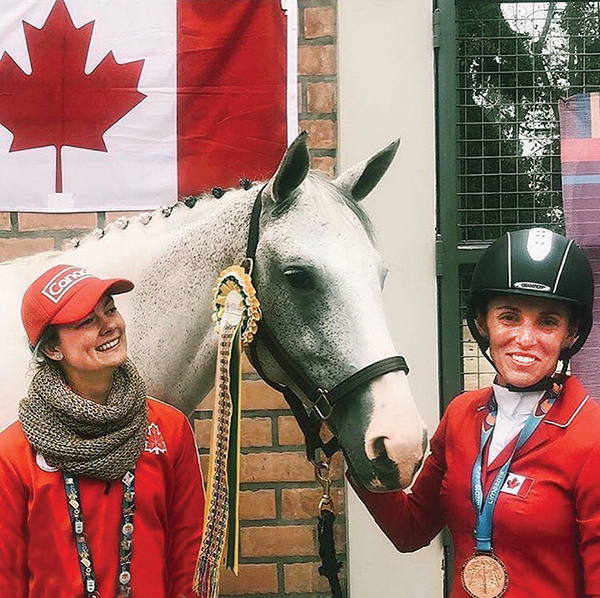
At the 2019 Pan American Games: (L-R) Tesla Parker Hasusman (groom at the Games), FE Mississippi, and Dana Cooke. Photo: Dana Cooke Collection
When Cooke started riding FE Mississippi the mare was owned by an individual, but Cooke and the owner decided to syndicate the mare to ease the owner’s financial burden.
“Mississippi was the closest horse I had to achieve my goals and dreams, so we came up with a plan to syndicate and that helped me keep the ride,” Cooke explains. “It’s expensive to keep a horse going at the [international] level. Shareholders make it a bit more affordable, plus the [original owner] can still be part of the journey and excitement without having all the risk.” By selling shares in the horse, the original owner got some money out of the horse while retaining a portion of ownership and control. It also allowed Cooke to keep riding the mare en route to the Pan American Games.

Dana Cooke and Harlequin (syndicate-owned) competing at the 2021 CCI3*S Chattanooga Hills in Georgia. Photo: Liz Crawley Photography.
“It’s nice to have other people involved; it can actually be quite fun. We went to the Pan American Games and my owners had a VIP table and had a bit of a party,” says Cooke. She explains that every syndicate is set up and operates differently, but all her syndicates have ten shares worth 10 percent of the purchase price, plus an annual fee. For example, for an $80,000 horse, Cooke says “You pay $8,000 to buy a 10 percent share.” Additionally, shareholders pay a portion of the estimated $50,000 annual cost to maintain and compete their horse. A 10 percent shareholder pays $5,000 annually to keep the horse going. Younger horses may have lower annual costs, so any excess funds go into a pot for when they’re older and their competition costs increase. Also, depending on the owner, rider, and the reason for syndicating, shareholders may own more than one share. For example, often the original owner of the horse will be a majority shareholder, which gives them a greater say over what happens with the horse. Every syndicate operates for a set timeframe, after which the horse may be resyndicated, sold, or retired. Cooke explains that she communicates regularly with her shareholders so everyone knows what’s happening with their horse and they can discuss what to do next, and says, “Everybody’s involved in what happens with the horses and there are no rash decisions.”
Cooke is in the midst of putting together a third syndicate. “The horse that I’m syndicating right now is a lovely horse and I want to keep going with him, plus I’d like to get other people involved.” Cooke’s shareholders are usually family, friends, and supporters, and she notes that Canadian shareholders who reside in Canada are eligible for a tax deduction if their horse is named to an Equestrian Canada high-performance list.
Diana Crawford is one of Cooke’s shareholders and owns Kingfisher Park where Cooke is based. She owns shares in all three of Cooke’s syndicated horses. “I want to support Dana’s career and her partnership with horses that I believe have exceptional potential,” she says. “Being part of a syndicate allows me to do that, and enjoy the benefits of ownership without having to shoulder the entire financial burden by myself. It’s fun and I get to support some incredible athletes.
Related: Grooming at the Top
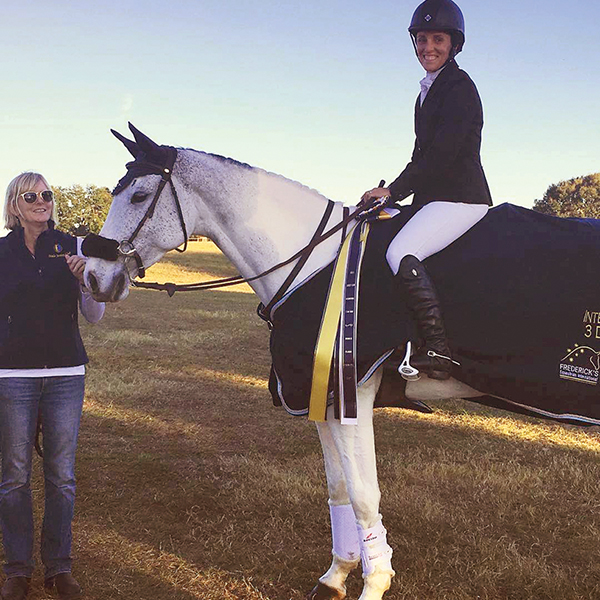
Shareholder Diana Crawford (left) with FE Mississippi and Dana Cooke as they celebrate winning the 7-year-old award at the 2017 Ocala Jockey Club CCI3*-L. Photo: Dana Cooke Collection
“The main difference between syndication and outright ownership is the lack of financial burden,” explains Crawford. “With ownership, you are responsible for everything — board, vet bills, entry fees — everything. With syndication, you have a one-time buy-in fee, then an annual commitment which is the same every year. No surprises!” She adds, “There are always disappointments when owning horses. Things don’t go as planned, horses or riders get injured, etcetera. But because it’s a long-term commitment, these short-term disappointments can easily be overcome.”
When asked what she’d say to someone considering becoming a syndicate shareholder, Crawford enthusiastically says, “Do it! Be very aware that you are not going to make money, no matter how successful your horse is, but you will have a lot of fun!”
Every syndicate is different, but they all operate similarly, sharing the costs of horse ownership while spreading the risks.
Shauna Cook is a Grand Prix show jumper and syndicate shareholder who owns Carousel Ridge in Sherwood Park, Alberta. About ten years ago she was asked by the breeders of Gallup WF — a colt by Eric Lamaze’s deceased stallion Hickstead — whether she’d like to purchase the foal as a future show jumping and stallion prospect. Cook says, “The breeder was very keen to have the horse stay in Canada because of the connection to Hickstead, plus she wanted to keep the bloodlines and quality here. But I wasn’t sure I could take on another horse as it’s such a long-term commitment. However, I really liked the look of him so we decided to syndicate the foal with a group of like-minded people, as that disperses the risk.”
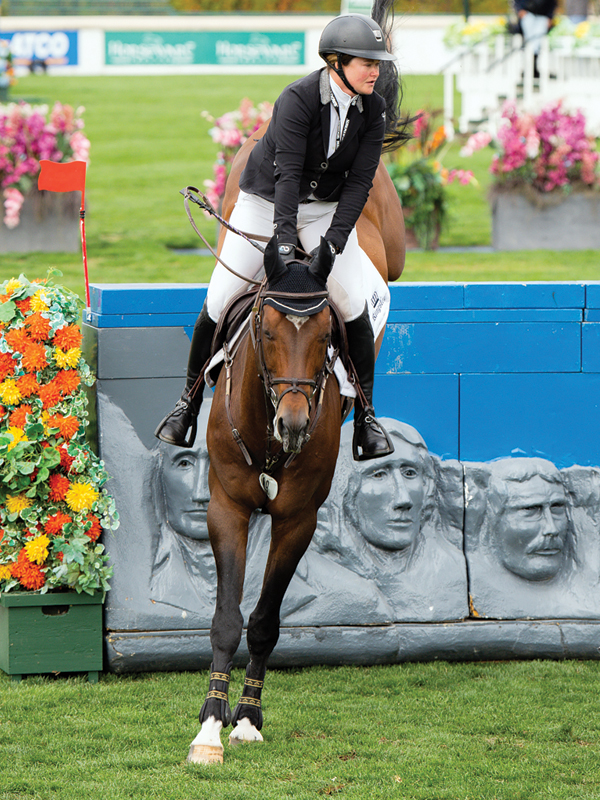
Shauna Cook and Gallop WF competing at Spruce Meadows in Calgary, Alberta. Photo: Kim Gaudry
The Gallup Syndicate was created to purchase the colt and Cook says, “The benefits of a syndicate for a more expensive horse or a long-term project like this one, where you know it’s going to take time to develop, is that it spreads the financial risk among a group of people rather than a single investor putting up all the cash. We know how things can go with horses, especially when you’re buying a foal. It could be a superstar, it could be a [disappointment], and it could hurt itself.”
The syndicate had ten shares and the share price included the cost of purchasing the colt plus estimated costs for the care, upkeep, and training as he developed. There were no additional annual fees for shareholders as Cook says that she’s found investors are happier paying one lump sum upfront. “Then you have a budget to work with and it’s better than going to shareholders for cash calls all the time,’ she explains. “I didn’t want to own another foal, necessarily. And some of the people that jumped in just wanted to support me and my endeavours. Plus, there was a bit of patriotism in securing this horse for Canada.
“Our group is just so amazing to work with,” she continues. “They’re all horse people, and they knew it was a silly gamble but decided — sort of Las Vegas style — to roll the dice on this foal, and hopefully have some fun. Everyone jumped in knowing it could go nowhere. The breeders remained as shareholders too, which has been fun.”
She adds, “I think syndication allows some people to just enjoy the journey. They’re willing to invest some funds, but they don’t necessarily want to be on the ground doing the nitty-gritty. They don’t want bills every month, so they put this lump sum towards a horse and let it ride, literally, and see what happens, and hopefully, there’s a payout at the end. And if not, everybody knew what they signed up for, right? So, I think syndicates bring people into the sport to have some fun and be invested. It definitely brings excitement for people who are fans of the sport, but don’t necessarily want the full responsibility of ownership.” She also says syndicates allow horse owners to remain anonymous.
Related: How to Find the Money for Horse Sports
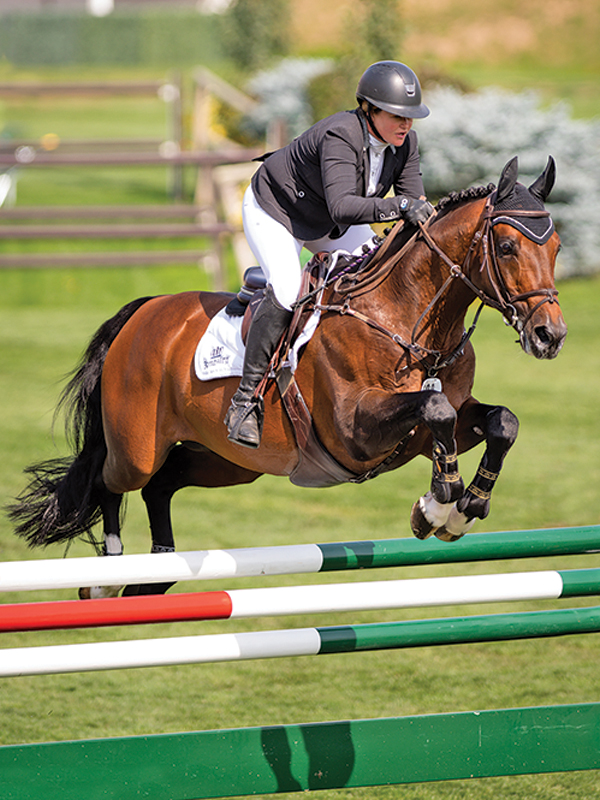
The Gallop Syndicate was created to purchase Gallop WF, 2011 son of the legendary Hickstead. The stallion is currently standing at stud at Carousel Ridge in Sherwood Park, Alberta, as well as competing in CSI3* to CSI5* Grand Prix show jumping. Photo: Kim Gaudry
Cook has ridden several syndicated horses and has always been a shareholder in them, too. “I’ve had a piece of the pie every time,” she says. But she explains that her share often comes through sweat equity, so instead of charging training fees to the syndicate, she receives a share of the horse.
Gallup WF is currently standing at stud at Carousel Ridge, plus show jumping in CSI3* to CSI5* Grand Prix with Cook, who says, “The Gallup Syndicate is in a fortunate position that our investment is going the way we wanted it to go.”

Shareholders in the Gallop Syndicate include the stallion’s breeders, who were eager to keep the horse’s quality and bloodlines in Canada. Photo: Kim Gaudry
She explains that the initial Gallup Syndicate has expired, and now the former syndicate is trying to decide what to do. “Once we ran out of our slush fund for his care and competitive career we decided to keep going because he was living up to our expectations. We’re at a crossroads with Gallup now. He’s performing well, he’s the right age, he’s got a record, and one of two things need to happen.” One option is resyndication, and the other option is to recoup costs by selling the stallion. Cook says, “Some shareholders would just carry on and some feel it’s time to cash out, so we’re trying to decide if we’re just going to resyndicate him or sell.”
As the rider, Cook says that she often has a different perspective about whether to sell or resyndicate a horse. For Gallup, she says, “I love the horse and want to retain the ride on him. I have my built-in fan club too — a shoulder to cry on when things go sideways and a team to raise a glass to celebrate our successes. It’s such a journey when you’re developing a horse from a foal to the Grand Prix level. There are highs and lows, ups and downs, and roller coaster moments. It’s nice to have that support. But as the rider, sometimes there’s pressure to deliver, too. If things aren’t going well there’s extra responsibility to the shareholders. But it goes both ways. You’ve got that team of people that are invested in the journey, and they share the lows but they also share the highs.”
For Cooke, Crawford, and Cook, it’s clear that syndicate ownership has significant advantages. Therefore, syndication might be something other riders, individual performance horse owners, and breeders want to consider in a world that’s becoming increasingly expensive.
Related: Becoming a Horseman: What Does it Mean Today?
Main Photo: Dana Cooke riding FE Mississippi in the CCI3*-S stadium jumping at the Cloud 11-Gavilan North LLC Carolina International CCI and Horse Trial, at Carolina Horse Park in March 2021. Credit: ZUMA Press, Inc./Alamy Live News



